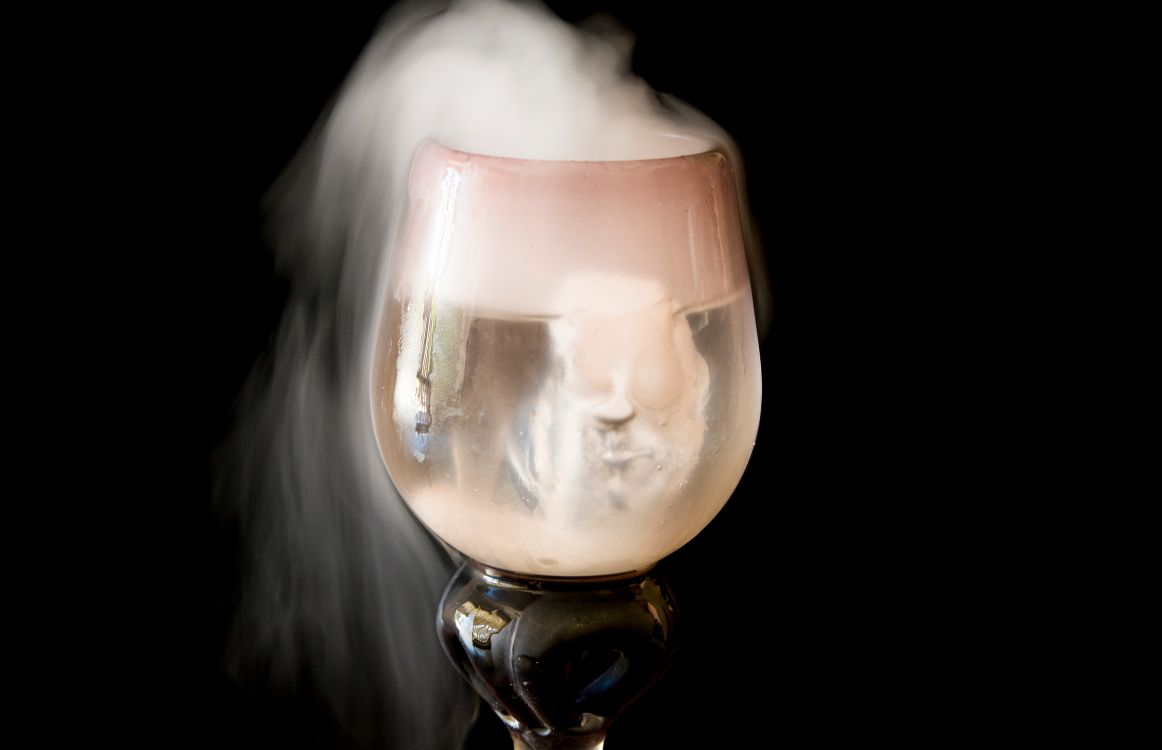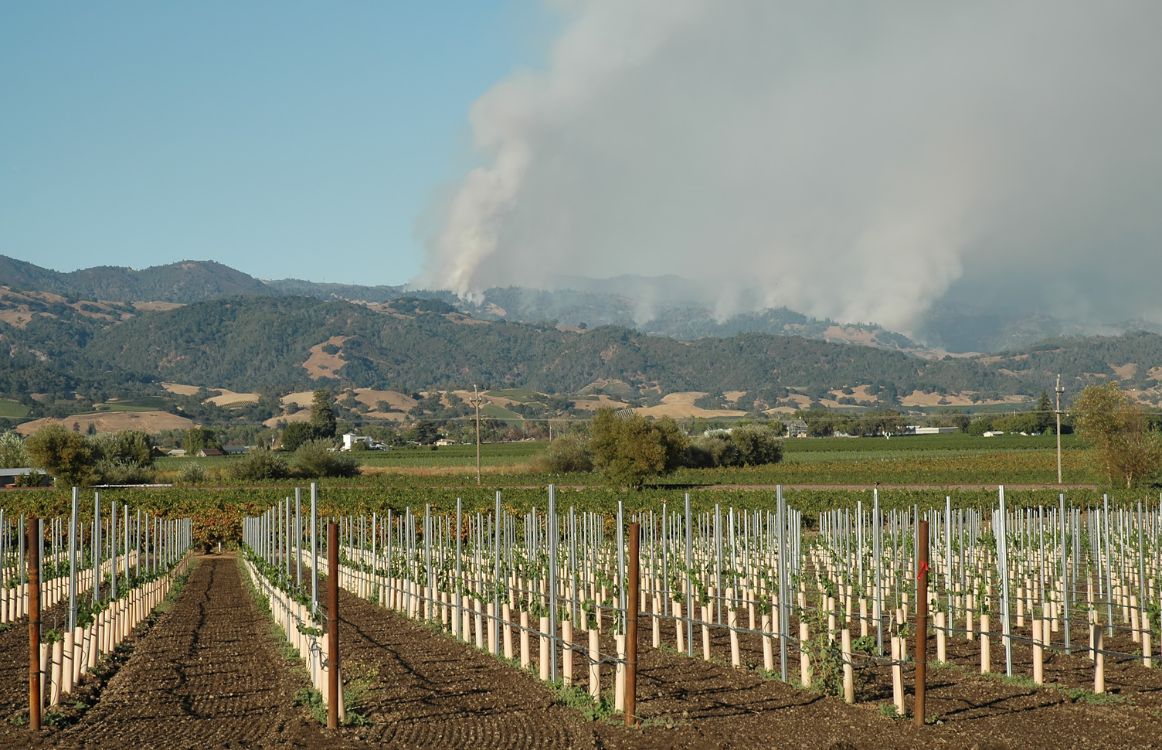Smoke Taint Removal in Wine

Smoke taint removal in wine is becoming a more pressing concern with the increase of wildfires around the world. Specifically, Australia and California, two regions known for their wine production, have seen a sharp increase in fire seasons, which means an increase in smoke. This increase can spell disaster for winemakers without options. Fortunately, there are methods for remedying the problem.
What Is Smoke Taint in Wine?
Smoke taint in wine occurs when grapevines are exposed to smoke. The wine that results from the grapes exposed to smoke can often have a smoky flavor and aroma that is immediately obvious.
The effect of smoke taint can vary from minimal to overwhelming and is directly connected to how long the grapes were exposed to smoke, the age of the grapes, the grape variety, and the smoke composition.
Interestingly, you cannot tell if the wine will be smoke tainted based on the sensory experience of the grape. A grape that produces a smoke tainted wine can taste perfectly delicious with no hint of smoke.
This phenomenon occurs because when the smoke gets into the grape it is trapped, or bound, by the glycosides inside the grape juice.
Then, during fermentation, the glycosides break down and release the smoky flavor into the wine. The compounds responsible for the smoky flavor are most notably Guaiacol and 4-Methylguaiacol, which, again, can be pleasant in extremely small doses and are even inherently present in some wines, like Syrah.
However, even a small increase in these compounds renders the wine undrinkable.
Options for Reducing or Removing Smoke Taint from Wine
If your grapes have been exposed to smoke, and you are worried about smoke taint, you have a few simple options.

Make a White
White wines are naturally going to be less smoky because they spend less time sitting on their skins, where much of the smoke would have been absorbed. Minimizing the time your must spends with skins, leaves, and stems will likely eliminate a good amount of smoke from the wine.
Harvest the Fruit by Hand
Pulling the grapes directly from the vines and taking care not to crush the grapes until the last minute will also help prevent too much exposure to the skin.
Keep the Fruit Cool
Warmer processing, fermentation, and storage seems to extract more smoky compounds, so aim to keep your fruit temperature below 50 degrees Fahrenheit.
Press Whole Bunches and Separate Presses
Pressing entire bunches and keeping your free run juice and pressed juice separate also allows you to minimize exposure to smoke compounds. This is likely because free run juice may have sat in skins and with leaves for longer.
Work with Fining Agents and Oak Chips
To get a bit more complicated, you can experiment with carbon treatments to extract the smoke compounds. Various doses of carbon will be required depending on how heavy the smoke flavor is. You can also add oak chips during secondary fermentation to add further complexity to the wine, which may distract from milder smoky flavors.
Dilute the Smoke Tainted Wine with Untainted Wine
Finally, you can try to create a blend with smaller amounts of your smoke tainted wine and larger amounts of clean wine to smooth out the flavors and allow the off flavor to disappear into the blend.
In the end, having your grapes exposed to wildfire smoke does not have to be the end of the world. You have many options to work with, and most of them will result in a perfectly delightful wine that even the most refined palate cannot complain about.
Good fortune!
Did you know that propagating wine yeast can help you significantly reduce production costs? Join the hundreds of vintners from all around the world using the Smartest Automated Yeast Cell Counter to save thousands of dollars in yeast and prevent costly issues such as stuck fermentation!
Request a Free Demo Account today and experience firsthand how Oculyze can take your winery to the next level!
Sources:
- https://www.awri.com.au/wp-content/uploads/2012/04/smoke-taint-practical-management-options.pdf
- https://www.vafiltration.com/services/smoke-taint-reduction/


